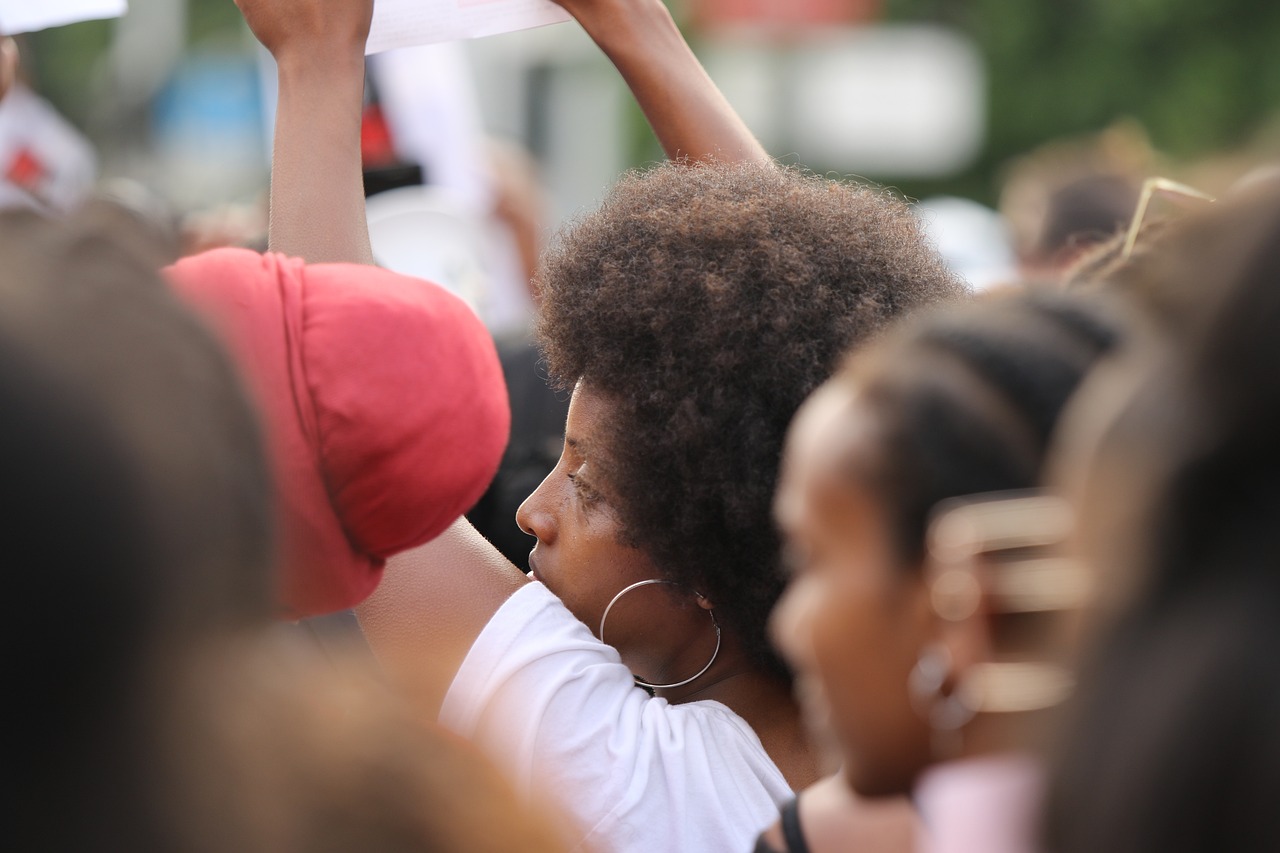All Blogs, Nonprofits
Building community: How PR can shape grassroots advocacy

By: Jamila Dawkins
Why do some grassroots campaigns make national waves while others get relegated to a footnote? For a long time, the decision was largely in the hands of print and broadcast, or “traditional,” media.
Take the brutal beating of Rodney King by police on March 3, 1991. A bystander who happened to witness the scene filmed it and sent the footage to KTLA5 in Los Angeles for broadcast later that day, causing the footage — and King’s story — to spread like wildfire.
In contrast, George Zimmerman’s murder of 17-year-old Trayvon Martin 21 years later shared the same echoes of racialized violence. But Martin’s story didn't take off nationally like King's did — not at first.
Without footage to sensationalize, two days passed with little more media coverage than an Orlando Sentinel article headlined “Boy, 17, shot to death in Sanford during ‘altercation,’ police say.” It wasn’t until the Martin family obtained local PR support to launch an online campaign via Twitter and a Change.org petition that Trayvon’s story sparked a groundswell of outrage, and in turn, mainstream media coverage. When their efforts culminated in a trial against Zimmerman, The Trayvon Martin Foundation hired The TASC Group to steer the media circus and build out their social media presence to help amplify their mission of preventing gun violence.
Grassroots campaigns have always leveraged media relations to bolster their causes. But the rise of the internet and its democratization of information has altered the means to that end significantly. Today, PR campaigns that emphasize online, self-directed interaction — be it through social media, petitions, blogs, newsletters or other channels — are indispensable in amplifying grassroots initiatives. Here are three reasons why.
1. They create opportunities for dialogue between organizers and supporters
The success of any PR campaign hinges on relationship management. Clients are in constant conversation with the media, their stakeholders and the general public, and it’s our job to cultivate and maintain the goodwill of those relationships. For grassroots organizations, this is doubly true, because the line between leadership and stakeholder is blurred. Supporters aren’t just the audience: they’re funders, volunteers and often the face of the campaign.
Where top-down organizations may get away with handing down messaging from on high, the dialogue between grassroots organizations and their supporters is the foundation on which the organizations stand. This is why participatory media — self-hosted blogs with comment functionality, active social media pages or hashtags where the organization can be looped into ongoing conversations, newsletters and other platforms — in addition to traditional media is so useful.
Take Barack Obama’s 2008 presidential campaign, known as “the first Internet election.” His slogan, “Yes we can,” wasn’t just catchy; it embodied the campaign’s strategy. As explored in Abbey Levenshus’ case study, Obama’s campaign was the first to seamlessly integrate a self-hosted social network for supporters, My.BarackObama.com. The website served as an online forum where members could discuss policy, organize local action, disseminate speeches and campaign information and fundraise. As a campaign tool, the website gave supporters ways to participate in and take ownership of the campaign, and in turn, their candidate.
2. They facilitate accountability, in both directions
Cultivating online community for grassroots campaigns can help organizations and their supporters remain accountable. A regular newsletter, active social media page or forum provides an organization with a wealth of opportunities to check in on their supporters: Have you donated yet? Will you come to that event you signed up for? Can you help us complete this initiative?
However, it also gives supporters the opportunity to respond: What happened to the initiative you said you’d prioritize? How is the money we fundraised being used? How will you support us?
This presents an opportunity for organizations — as well as a risk. In the case of Obama’s campaign, the network was incredibly efficient at mobilizing its 35,000 local groups, hosting over 200,000 events. In turn, when members disliked Obama’s support for the Foreign Intelligence Surveillance Act, they used the platform to organize protests.
The takeaway? PR professionals tasked with elevating the online advocacy of grassroots campaigns should prioritize transparency and be vigilant about understanding stakeholder needs.
3. They create more entry points for new community members
Not everyone can donate or show up to a weekly meeting. But hashtags like #BlackLivesMatter or #JusticeforTrayvon, petitions like Trayvon Martin’s and even the humble retweet offer ways for community members to support the cause. By creating and amplifying these entry points, social justice PR can build momentum and help causes grow in impact.
Is grassroots PR for you?
What online grassroots advocacy emphasizes is that each person is a platform. One tweet can spark a national conversation. One petition can shape a government. When coupled with traditional PR tactics, like media relations, spokesperson training and strategic messaging, moments can become movements.
As PR professionals, our grassroots clients trust us to not only amplify the organization as a whole but empower each stakeholder to advocate for their needs and feel ownership over the cause they helped build.


